Fuel Efficient Driving Tips: How to Drive Green

Is your car using too much gas? Price for gasoline is getting up there, and if you’re not careful enough while driving, you could be spending a lot more than you have to on fuel.
There’s some good and bad news for those looking to get better mileage with each tank. First, the good: it is possible to squeeze out more miles per gallon, even without having to spend money on a new hybrid car, or extra maintenance. The bad news: it’s going to require a change in your driving habits.
Nick Chambers, Green Car Specialist tells us that “even small changes such as driving a bit slower, anticipating traffic lights, trying to come to a full stop as little as possible, accelerating in a steady/relatively slow manner, using cruise control and planning trips to have the least amount of travel and stops, can make big differences.” In fact, these changes can account for as much as a 15 to 20% improvement, he says.
Focused on saving money and the environment from behind the wheel, ecodriving.org lists five “Golden Rules” for gas tank friendly driving, and have some reasoning behind why they work. Let’s take a look at a few tips they provide.
First and foremost they advise to “Anticipate traffic flow.” This means look ahead and act instead of react. Try to increase the distance between your car and the vehicle ahead of you, so you can drive smoothly. For example, stepping off the accelerator before the traffic flow is slowing down, is more effective than braking strong, which wastes kinetic energy. The overall goal of anticipating traffic flow is to let the vehicles roll and drive at a steady speed whenever possible instead of braking and accelerating quickly.
Another tip for optimizing fuel economy is to maintain a steady speed at low RPM. Driving at high engine speeds increases fuel consumption. As a result, you can save fuel by driving in the highest possible gear, and the lowest possible RPM. Ecodriving.org says “Especially for city driving there is nearly no chance to increase average speed or gaining time advantage with strong acceleration and speed peaks.”
In fact, many modern cars with automatic transmissions come with an ‘eco’ button that, when pushed, will ensure your car is in the highest gear possible gear for that speed, and help smooth out your actions on the gas pedal.
One habit based tip to increase fuel efficiency is to obey the speed limit, and drive sensibly. Weaving through traffic uses more gas than staying straight, and accelerating above the speed limit usually involves high-revving antics. Also avoid accelerating up inclines. Keep the speed steady and coast down hills.
Other tips include proper outfitting of your vehicle. For example, extra weight can cause significant decreases in fuel economy. Some drivers use their car like a backpack, and don’t empty them out frequently enough. If possible, van owners should consider removing the back seats if they aren’t going to be in use. Losing the extra weight will help increase mileage. For pickup truck owners, you can reduce wind resistance by putting your tailgate down. Just make sure you don’t have anything loose back there which could fly out. Reducing wind resistance also includes removing roof, ski or bike racks.
Lastly, make sure your car is working properly. Tire pressure should be properly inflated and ensure your car’s alignment is correct. Tire pressure can cause up to a 3% difference in your fuel economy. These sorts of tips are echoed by the experts at fueleconomy.gov. The website has several tips that help drivers eke out that last MPG.
More detail oriented drivers will appreciate fueleconomy.gov’s mobile site which allows users to track their usage from their smart phone. Using the “Your MPG” section of the site, visitors can log their miles per gallon right at the pump, allowing you to comment on the routes, conditions and details of every mile in your tank.
These tips will certainly be useful as prices for gas increase. Analysts estimate that gas prices could spike up to record levels this summer, so be sure to remember these tips if you’re looking to save some money. In fact, the group behind ecodrive.org is looking to teach eco-driving classes so enjoy these tips while they’re free!

Sami has an unquenchable thirst for car knowledge and has been at AutoGuide for the past six years. He has a degree in journalism and media studies from the University of Guelph-Humber in Toronto and has won multiple journalism awards from the Automotive Journalist Association of Canada. Sami is also on the jury for the World Car Awards.
More by Sami Haj-Assaad




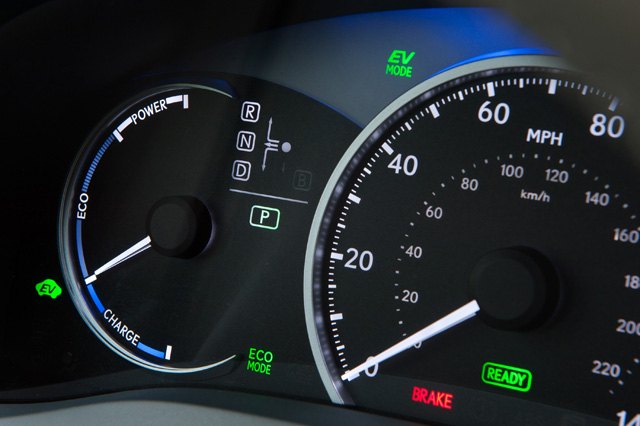
















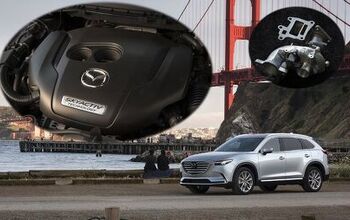

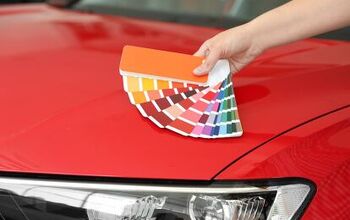
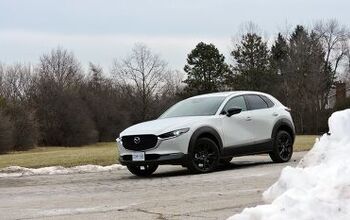


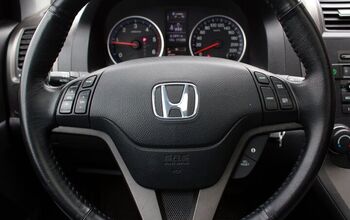


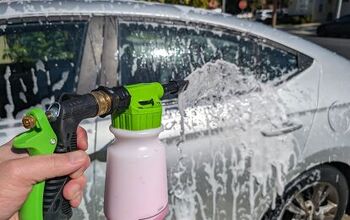





Comments
Join the conversation
If it's a matter of choices that don't cost anything or any more than other options, I have some ideas. When you see a slight decline in the road or street, back off the gas pedal a bit because you will get to the next traffic light just a quick as if you didn't. When you have next oil change, choose synthetic because it may cost a fraction more but you'll drive longer between oil changes and you see improved gas mileage as everything is cool with your engine. Speaking of cool engine, synthetics do reduce wear and heat in the engine and transmission.
Coast!